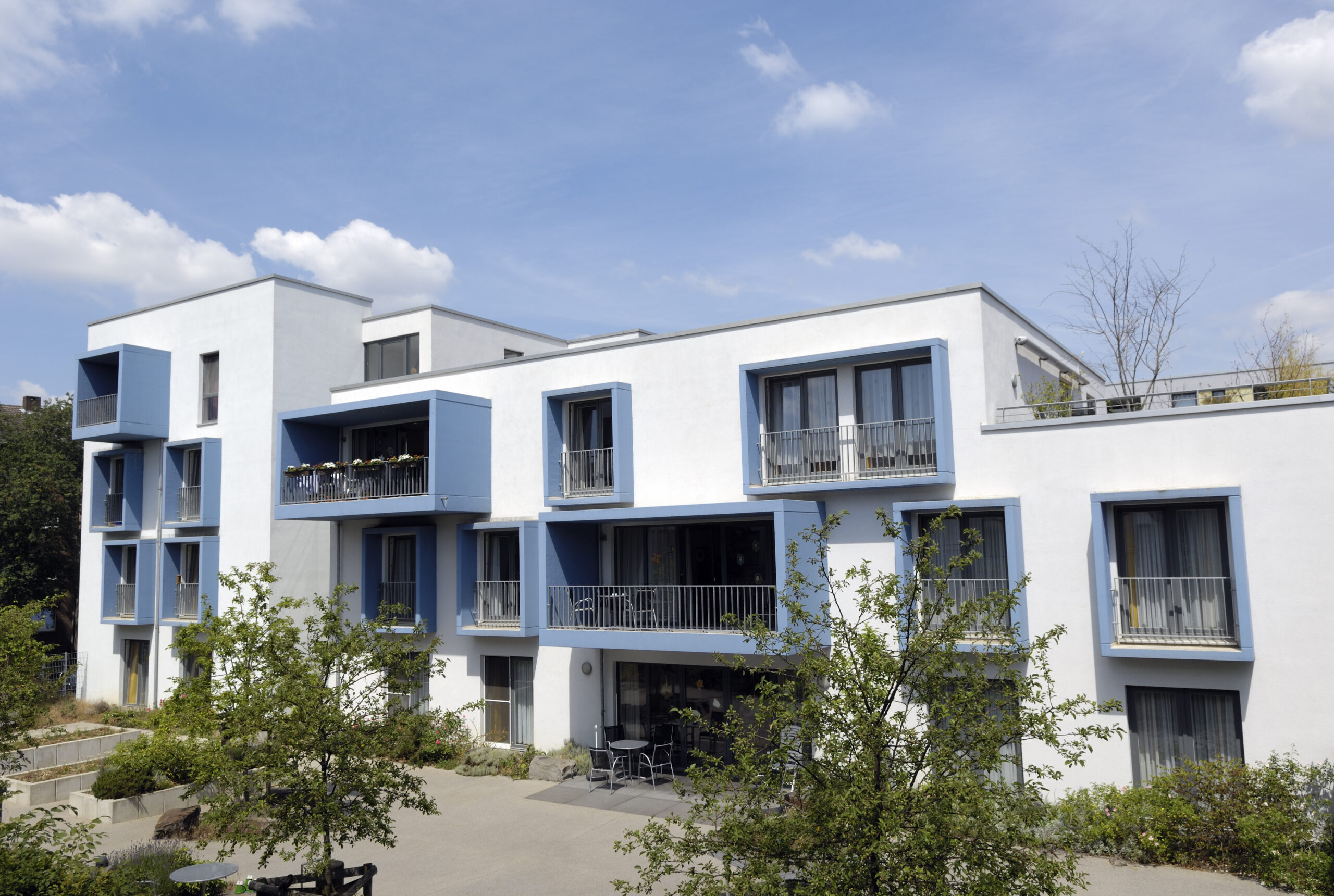
Seniors Housing Cap Rates vs. IRR – by Jason Punzel
Although Covid 19 dominates virtually all seniors housing discussions, eventually the transnational market will come back. Thus, I thought it would be enlightening to contemplate a different topic for today – Seniors Housing Cap Rates vs. IRR. The Senior Living Industry tends to uses Cap Rates vs. IRR or Internal Rate of Return as a standard pricing metric. The Cap Rate is derived by dividing the Net Operating Income (NOI) by the purchase price. The lower the Cap Rate the higher the price, and vice versa. However, a Cap Rate is simply a snap shot based upon current, or trailing 3/6/12 month NOI. The Cap Rate does not factor in future capital expenditures, rent and expense growth, vacancy, or future sales price. Thus, while a Cap Rate can be a useful tool, it is not the best indicator of future returns.
The Internal Rate of Return (IRR) can be a more useful tool in evaluating the returns on a property over the entire holding period. The IRR is calculated by taking all future cash flows, and the future sales price, and discounting back to present value. Thus, all future cash flow items, revenue, expenses, capital expenditures, vacancy and future sales prices can be modeled to better predict future returns. Interest rates (which are at an all time low right now), leverage and amortization also are factored in when calculating IRR.
A new property with a low Cap Rate may have a higher IRR than an older property with a higher Cap Rate. This could be due to lower future capital expenditures, faster rent growth, lower future vacancies, greater sales price, etc.
Additionally, IRR is usually calculated both with and without leverage. The failure to factor in debt is another shortcoming of using Cap Rates. Different properties support different leverage amounts and types of debt. A newer property financed with long term, low rate financing at 80% LTV, may generate far greater positive IRR leverage than an older property with a 70% LTV, with commercial bank debt, fixed for 3-5 yrs.
IRR has its shortcomings too. It assumes that all positive cash flow is reinvested at the same rate of return as the IRR, which oftentimes is not. Also, when there is a year with negative cash flow, the calculations can be a bit inaccurate. The biggest drawback in IRR is one’s own financial modeling. It is very difficult to predict the future and there in lays the challenge. We don’t know what rent growth will be over the next five years, or what a property might sell for in seven years, etc.
Conclusion:
While there is no perfect tool to evaluate a senior living community, a longer-term approach is better than just looking at a snapshot in time. Thus, using an IRR methodology tends to be more useful than just looking at the cap rate.
To learn more about how these methodologies effect the price of your senior living community, contact Jason Punzel at punzel@slibinc.com or 630-858-2501.



